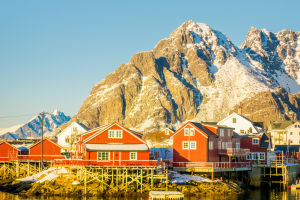Just For Love
Since skateboarding was born to satisfy people's desire to enjoy the pleasure of surfing on land, the skateboarding culture in the 1970s had a strong mark of surfing, and many skateboarding parks even built simulated surfing terrain that was more suitable for skateboarding.
In this way, skateboarding is completely separated from surfing, and skateboarders devote themselves to skateboarding, developing their own language, skills, clothing styles, and musical preferences.
How do beginners practice skateboarding?
1. Find a flat area to slide on.
If the field is not smooth, not to mention difficult to slide on, even if the slide on is easy to fall off, so smooth field is particularly critical.
2. Beginners are easy to fall down accidentally. With the help of protective gear, injuries can be reduced.
3. Step on generously and slide. The top plate must be in the middle of the front wheel, which is the safest.
4. Bend your knees slightly when coasting and turning.
With the help of sliding speed, the forefoot toe slightly out of the board, both knees under pressure, that is, to the left; Otherwise, turn right.
5. In an emergency, use the foot brake or jump off the board. The practice of skateboarding mainly lies in practical operation.
Knowledge about skateboarding:
1. Skateboarding is the sixth most popular sport in the world.
Skateboarding earned this ranking based on the number of skaters. More than half of U.S. skaters live in California, making it one of the most popular sports in the world.
2. Outdoor skate park.
The first public outdoor skate park appeared in Florida in 1976.
3. Norway doesn't like skateboarding.
Skateboarding was banned in Norway from 1978 to 1989 due to a high number of skateboarding accidents. Importing skateboards, selling them, and even owning them are all subject to fines.
4. This is a very dangerous sport.
More than 100,000 skaters are injured in skateboarding accidents each year. This is mainly because the skaters are wearing incorrect protective gear. The most common injuries on skateboards are ankles and wrists.
5. The initial shape of the skateboard.
While the history of skateboards is a bit uncertain, the first ones were made by driving nails into boards.
Wooden boxes were added to the predecessors of the skateboards as handrails so that they could be balanced and steered. But then for some reason, the box was discarded, and skateboards were born.
6. Components of the skateboard.
A skateboard consists of several parts. The most obvious is the deck, formerly known as the deck. The next component is the bridge, where the rider controls the direction of travel by tilting weights.
The slide rails are fitted with a series of nuts and screws. The wheels are mounted on a bridge and have fixed bearings that help speed up the skater's ride. The better the bearing quality, the faster the speed.
Skateboarding is not afraid of challenges, just for love.


